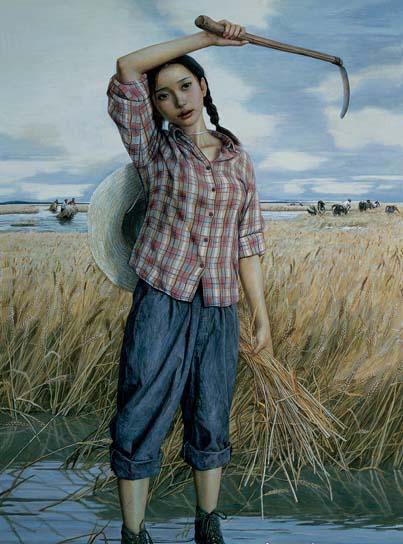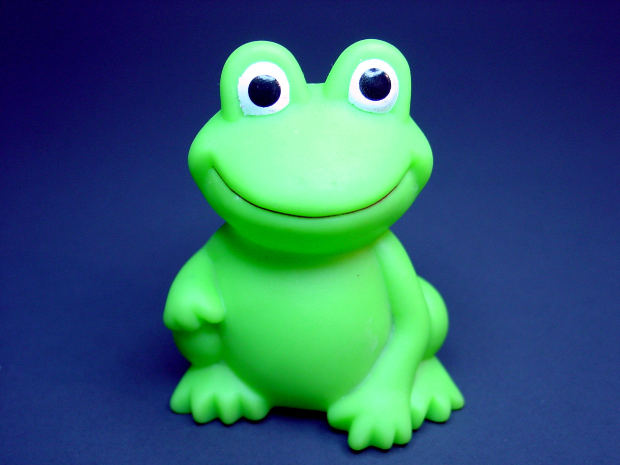My Shadow: Critical Analysis
The poet Robert Louis Stevenson has used a perspective of a child in his poem, My Shadow, to give a touch of innocence. He shows how the child is happy, excited, mesmerized, and in the puzzle with his shadow. He wants to show how children do not quit learning and experimenting with things around them without trying to understand the science involved in it. It also helps us to understand how children look at things around them.
The child in this poem is always experimenting with his shadow and sees how it follows him everywhere. The child discovers that it’s like him from the heel to the head and always sticks to him. He follows him while playing and never gets involved with other children and shadows. The poet shows how the child observes the growth of the shadow and is in the puzzle that it is abnormal to him in contrast to the growth of other children. The child goes to the extent of experimenting where he wakes up before sunrise to see if his shadow will still follow him but found himself alone, and the child assumed that it is probably sleeping like a lazy boy. You may go through the detailed summary here.
My Shadow: Poetic Devices
Allusion:
The poet has used several allusions to compare the shadow with and give an idea of what the child thinks about it. For example:
For he sometimes shoots up taller like an India-rubber ball,
Here, the term India-rubber ball is used to show that the shadow grows big and small fast like a ball bounces and comes back to the ground.
I rose and found the shining dew on every buttercup;
The poet here tries to give an idea of the freshness of the morning and the early hour of the day when the sun is still on the horizon.
Contrast:
The poet has tried to establish a contrast of the shadow with other things around to show the difference in nature of the shadow. For example:
Not at all like proper children, which is always very slow;
Here, the poet is giving an example of the growth of the shadow, where it is not growing the way it should grow. The poet shows that the child thinks of the shadow like another person, and it is abnormal for the shadow to grow big and small on the same day.
I’d think it shames to stick to nursie as that shadow sticks to me!
In this line, the poet tries to show how the shadow is inseparable from the boy and never leaves his side. The boy would be ashamed of sticking to his nanny the way his shadow sticks to him and always follows him.
Personification:
The poet has used personification throughout the poem, where he is personifying the shadow itself. He has written the poem from the perspective of a small child who is fascinated with his shadow and compares it with any other child that he has seen around. For example:
“I have a little shadow that goes in and out with me,
And what can be the use of him is more than I can see.
He is very, very like me from the heels up to the head;
And I see him jump before me when I jump into my bed.“
In the first stanza itself, the poet has established that he thinks of the shadow as a person and is comparing it with everything humanly that happens around him. Hence, he is puzzled by seeing that his shadow is nothing like the other children that he has come across.
Rhyme and Rhyming Scheme:
The poet has maintained a stable structure of the poem. He has written it from the perspective of a small child and given a structure that is similar to the poems written for children. The rhyming scheme of this poem is abab. For example:
He hasn’t got a notion of how children ought to play, –a
And can only make a fool of me in every sort of way.-a
He stays so close beside me; he’s a coward you can see;-b
I’d think shame to stick to nursie as that shadow sticks to me!-b
The poet has chosen very simple words and structure to keep the essence of a child’s perspective constant in the poem. The poem is rich in personification. The poet has given an idea that the child assumes that the shadow is just like any other child he has come across, but with some different habits and different ways, which are completely different from what he has seen.
My Shadow: Central Idea
The central idea of the poem is a curiosity of a small boy about his shadow. He observes his shadow growing big and small the same day, and he is fascinated by seeing it abnormal than the other things that he has come across. He assumes that the shadow is a living entity, as he speaks about it as his own pal and experiments on how it doesn’t leave his side and is so similar to him.
My Shadow: Themes
The theme of the poem is to show the curiosity and excitement of a child seeing his shadow. He observes his shadow and is in the puzzle that it is much different from the other children that he has come across since he thinks that his shadow is just like any other human being. He is puzzled by the growth of the shadow and how it grows big and small on the same day. He says that the shadow is just like him in appearance from top to bottom and never leaves his side. For the child, the shadow becomes like a pal who follows him, looks like him, and does whatever he does. But it is different from all the other friends he has. The child goes to all extents to experiment and understand how the shadow works to know him better.
My Shadow: Tone
The poem’s tone is the innocence of a child who is trying to understand his own shadow. The poet has used tools like personification and contrast to compare the shadow with other children and understand how it really works and functions.
The poet is trying to give us a perspective of a child in how he sees things around him and how he understands them. For a child, there is nothing like science and logic but fantasy and imagination. A child imagines and understands things differently than we adults do, which shows the innocence in them. The child in this poem assumes that his shadow is his friend and goes to any extent to experiment with him to understand him better. He compares him with other friends and tries to set contrast on how he is different than the other friends that he has. These differences of the shadow make him different from the rest of the people he has met and come across.
Some online learning platforms provide certifications, while others are designed to simply grow your skills in your personal and professional life. Including Masterclass and Coursera, here are our recommendations for the best online learning platforms you can sign up for today.
The 7 Best Online Learning Platforms of 2022
- Best Overall: Coursera
- Best for Niche Topics: Udemy
- Best for Creative Fields: Skillshare
- Best for Celebrity Lessons: MasterClass
- Best for STEM: EdX
- Best for Career Building: Udacity
- Best for Data Learning: Pluralsight
















